By Lindsay Powell
The basic unit of the Roman army of the late Republic was the legion, derived from the Latin word legio, meaning “military levy.” Caius Marius is associated with several innovations of the unit in the run-up to the Battle of Vercellae. Among these was the transformation of the legion from one based on the maniple to one based on the cohort.
[text_ad]
Organization of the Roman Legion
The manipular legion was made up of three lines of differently equipped troops. It was conceived around the time of the Samnite War in 315 bc. Lightly equipped hastati, generally younger men, formed the front line, which engaged the enemy first. Behind them stood the principes, who wore heavier armor and were more experienced. Behind them were the crack, battle-hardened triarii. The legion was made up of 20 maniples of hastati and 20 of principes, approximately 120 men each, and 20 half-strength maniples of triarii, making a total of 6,000 men.
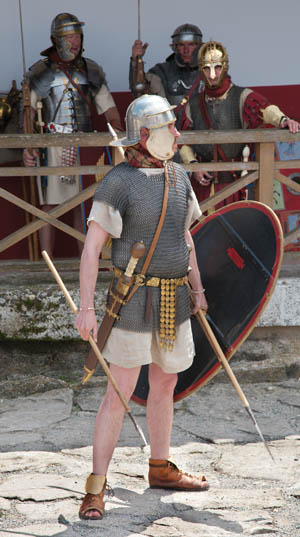
The new cohort-based legion eliminated the three levels of troops and replaced them with uniformly equipped and trained legionarii. Eighty regular legionaries formed a centuria, commanded by a centurion, and six centuries made a cohort with its own standard. Nine regular cohorts with a 10th cohort, perhaps of double size, made a total of 5,600-6,000 men in a legion. A legatus legionis commanded the legion, aided in order of rank by a senior tribune, a camp prefect, and a senior centurion called the “first pilum.” There is no evidence that Marius was solely responsible for the change from the manipular to the cohort-based legion. It is likely the innovation was well in process during his lifetime and had already taken place in many units, although some commanders in 101 bc may have preferred to retain the traditional manipular organization.
To supplement the ranks of the Roman legions at this time, noncitizen allies (socii) from the cities of Italy were recruited and formed their own legions, making up about half of total Roman forces. They seem to have been similarly equipped. The allies were particularly important for providing specialist troops and cavalry, which were referred to as extraordinarii.
Making a More Mobile Roman Legion
Reforms of the army firmly ascribed to Marius included greater mobility with less reliance on the baggage train, a modified design of pilum, and the adoption of the aquila or eagle standard as the unifying and iconic emblem of the Roman legion.
From contemporary sculptures such as the Aemilius Paulus Monument and the Altar of Domitius Ahenobarbus, it is evident that by the 1st century bc, legionaries were uniformly equipped with iron chain-mail body armor (lorica hamata), bronze helmets, and large curved oval shields (scutum). Their weapons included the gladius Hispaniensis, the double-edged sword adopted from the Spanish guerrillas, and the pilum, a uniquely designed javelin.
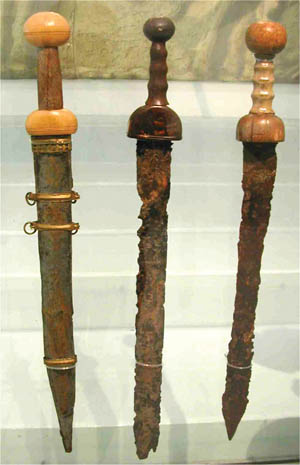
Roman historian Plutarch records that before Vercellae the iron shank of the javelin was attached to the wooden shaft with two iron nails. Just prior to the battle, Marius had his men replace one of the nails with a wooden peg. The design change meant that when the pilum struck the enemy’s shield, the wooden peg would snap, the iron shank would bend or break off and remain stuck in the shield, rendering the shield unwieldy and the pilum unusable and nonreturnable. The opponent would then likely abandon his shield. Cimbri warriors carried large oval shields, and eliminating this defensive weapon would give the advantage to the Romans and improve their kill ratio.
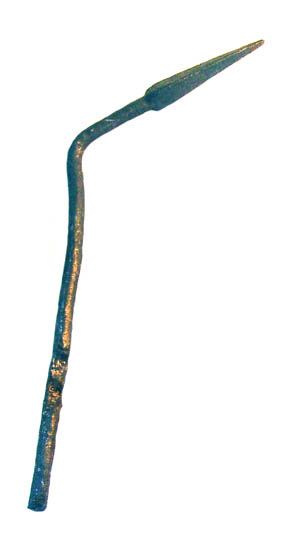
Roman battle doctrine was to form up the cohorts in two or three lines in a checkerboard formation, with cavalry situated on the wings (alae). The legionaries would throw their pila in volleys and then charge as one body in a solid line or series of wedges, using their scuta to punch or knock down their opponents while stabbing them with their gladii. In a set-piece battle, this doctrine proved highly effective and was employed successfully by Roman legions for hundreds of years.
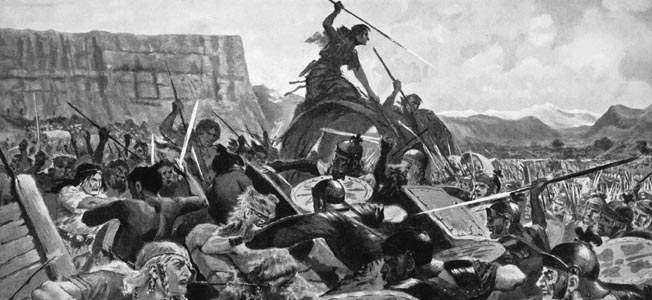
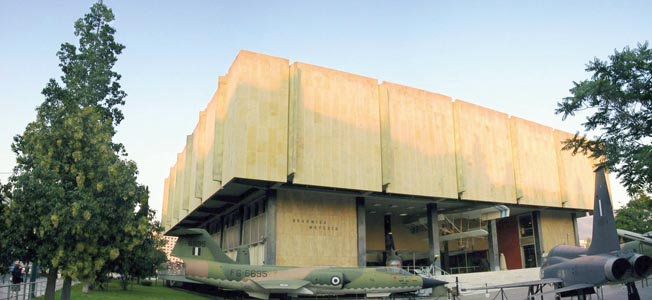
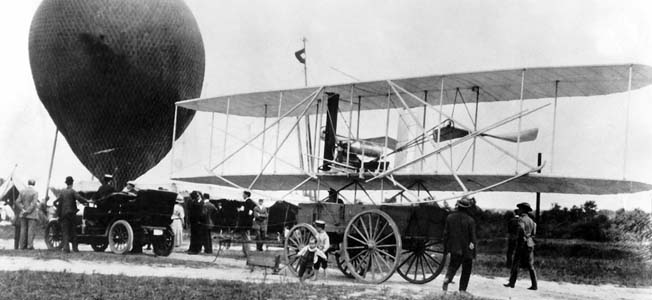

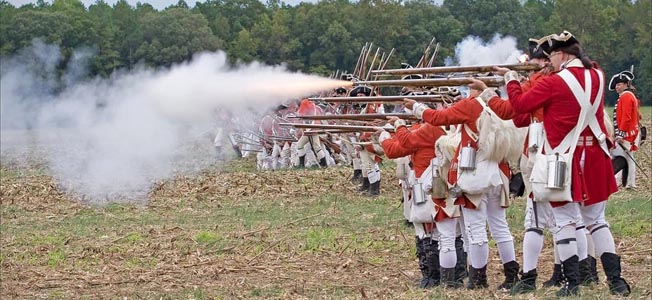

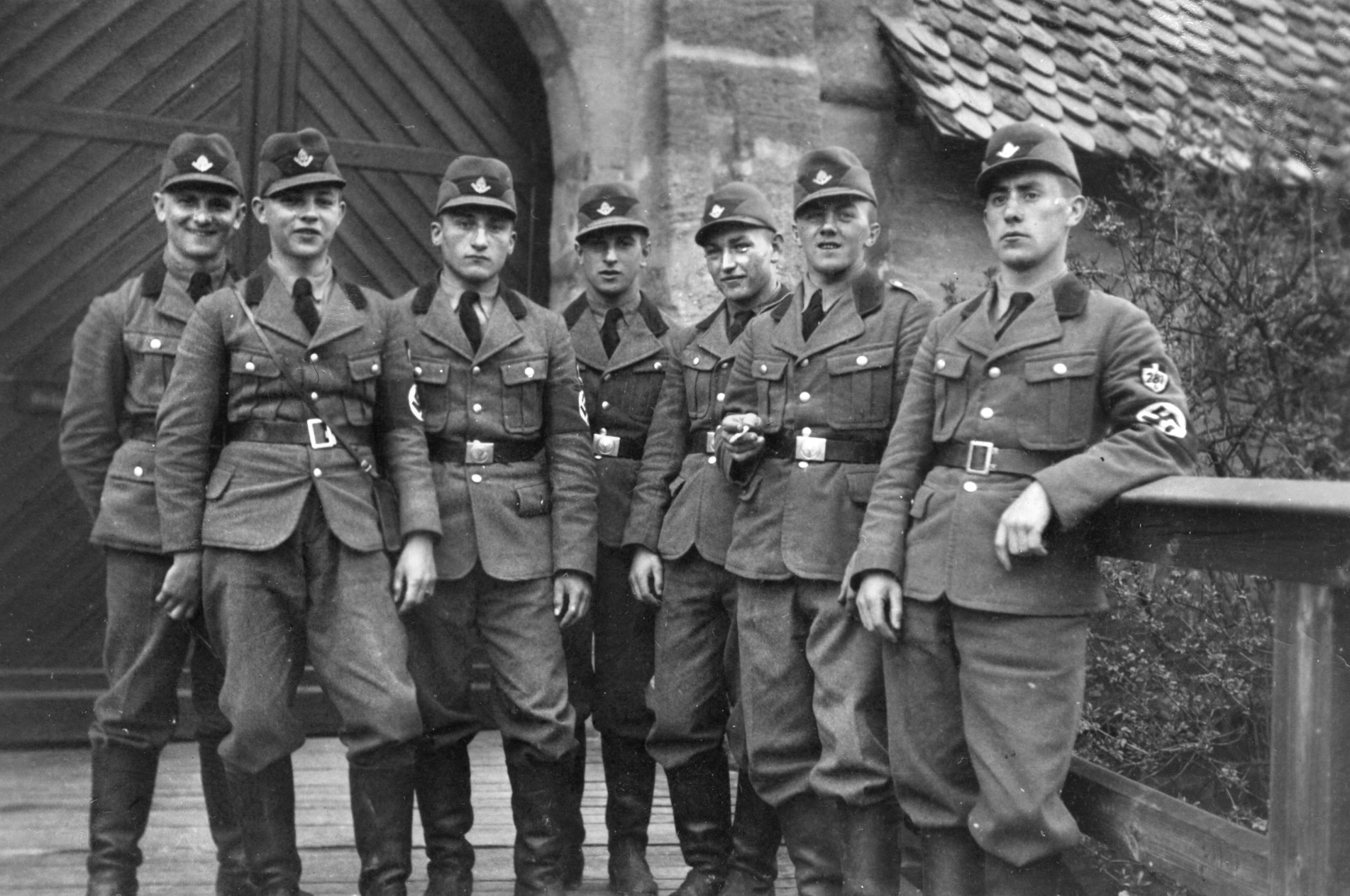
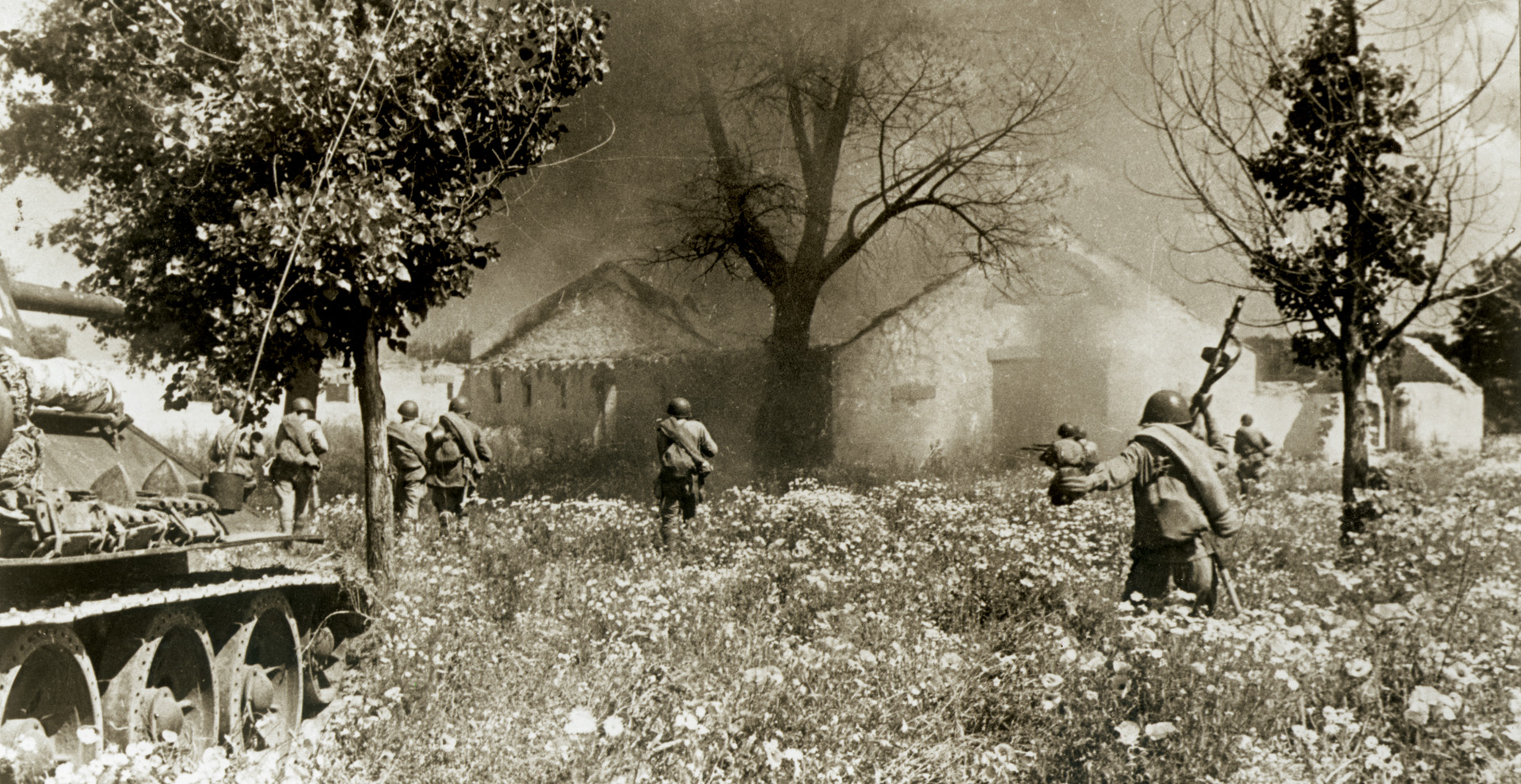
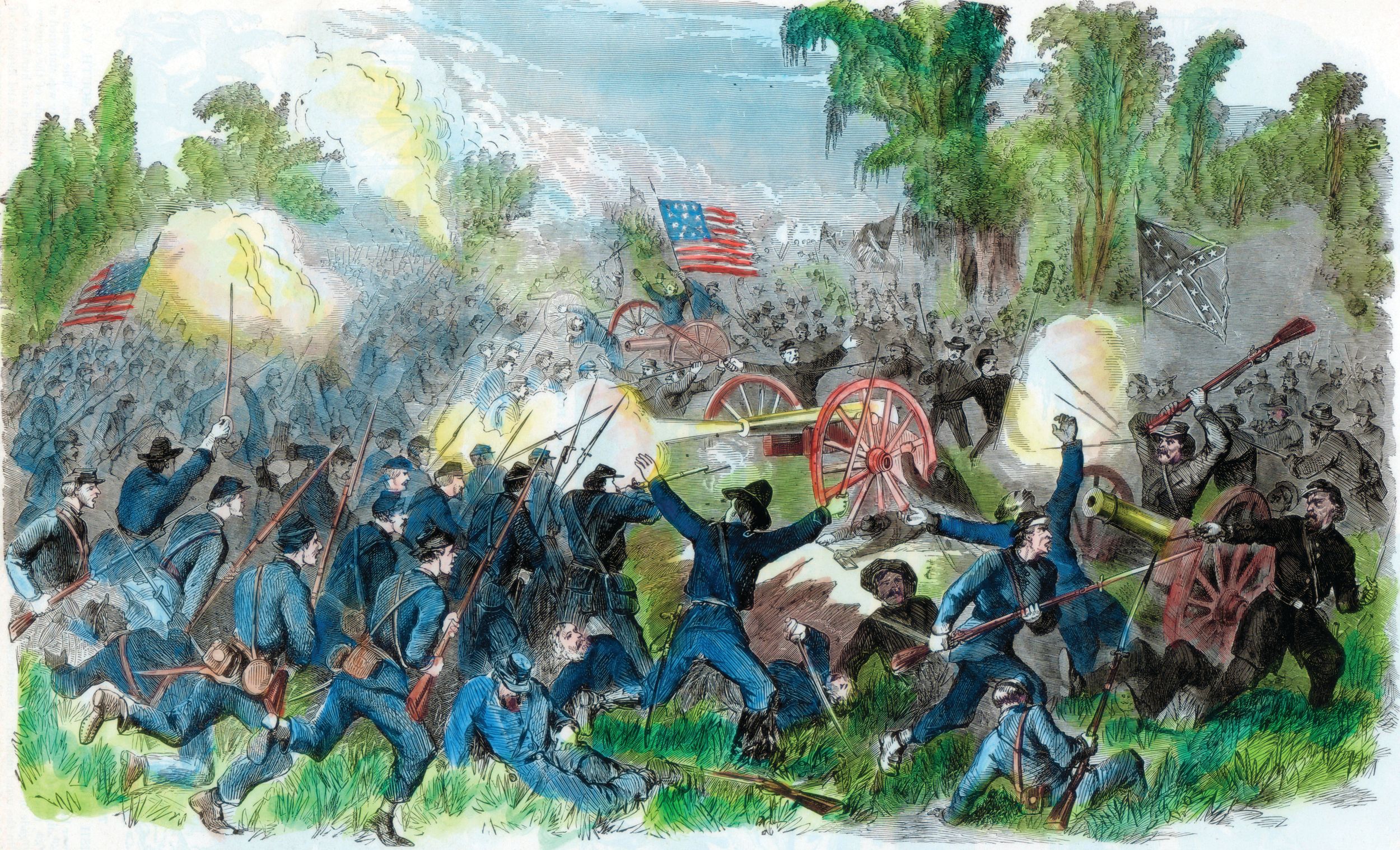
Join The Conversation
Comments
View All Comments